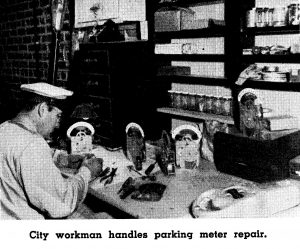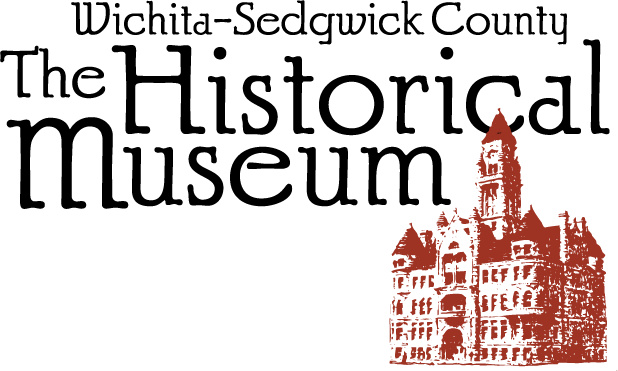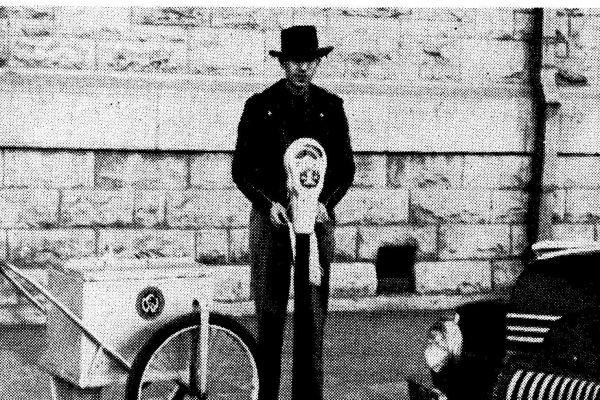History museum exhibits often encourage exploring the familiar by viewing it through the lens of the past.The parking meter struck us as an obvious artifact to examine. It is typically the last thing encountered by visitors before they walk through our doors.
As more and more cars packed city streets around the country in the 1920s, drivers experienced a shortage of available street parking. Businesses along busy streets would lose customers due to the lack of parking. Increased traffic also took its toll on the roads themselves. Periodic repair was necessary.
As a way to address these issues, parking meters were created. The parking meter made its world debut in Oklahoma City in 1935. Wichita installed its first parking meters in 1946, using both the Duncan-Miller and Park-O-Meter models. Not everyone accepted or appreciated parking meters and throughout the country, people vandalized these mechanical money collectors. More often than not, however, people dropped a nickel or penny in the slot and went about their business.
Early Park-O-Meters, like the one on exhibit, took pennies and nickels. A penny bought 12 minutes and a nickel an hour. From June to December of 1946, the City of Wichita collected over $83,000 from parking meters (over 1.1 million dollars adjusted for inflation). Additional revenue came through fines given for parking violations. Money generated through parking meters was used to pay for street maintenance and to maintain the new street parking system.
Today, the City collects only about $65,000 from parking meters. A driver parked at an expired meter may find a $25 ticket on their windshield. When visiting the Wichita-Sedgwick County Historical Museum, “feed the meter” and set a timer on your phone. As one travels back in time through the exhibits, it’s common to lose track of the present.


